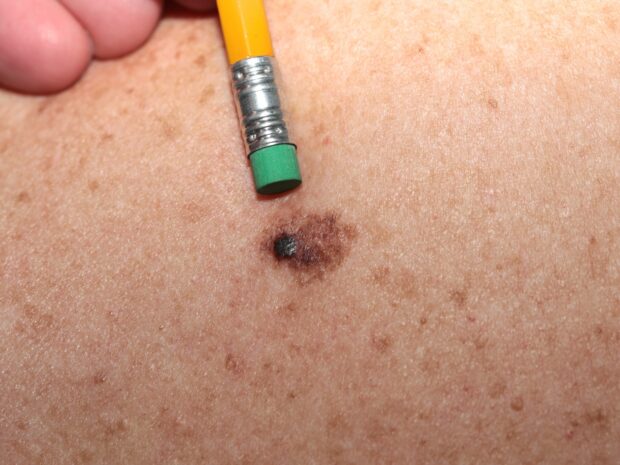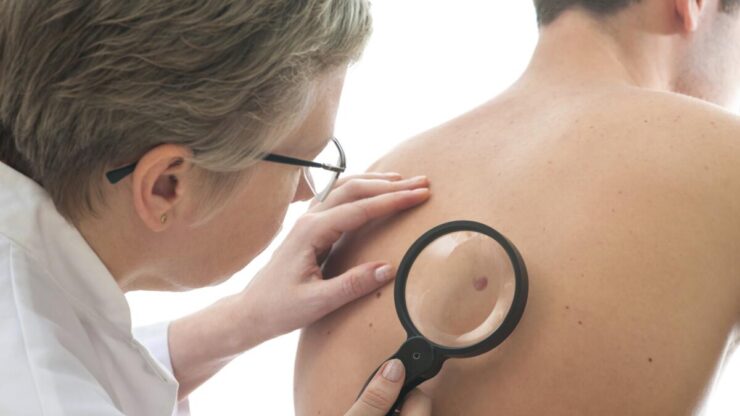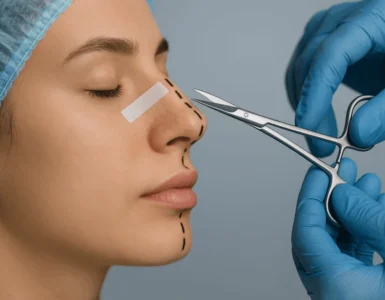Most moles are nothing to worry about. They’re usually just benign growths on the skin that pose no threat. However, some moles can be cause for concern. If you have a mole larger than a pencil eraser, irregular borders, multi-colored, or changes in size, shape, or color, you should see a dermatologist to check it out. These are all signs that the mole may be cancerous. A mole New York that bleeds or is itchy is also a cause for concern and should be seen by a doctor.
There are multiple causes of moles. Some people are born with them, while others develop them later in life. Moles can also be caused by sun exposure, so it’s important to use sunscreen to protect your skin from the sun’s harmful rays.
These are instances to worry about a mole:
If the mole is larger than a pencil eraser

A normal mole is generally the size of a pencil eraser or smaller. If you have a mole that is larger than this, it is important to have it checked out by a dermatologist, as it may be cancerous. You must understand that the larger the mole, the greater the chance it is cancerous.
The borders of the mole are irregular
One of the signs that a mole may be cancerous is if its borders are irregular. A normal mole generally has well-defined borders. If you have a mole with blurry or uneven borders, it is important to have it checked out by a doctor.
The mole is multi-colored
If a mole is more than one color, this is another sign that it may be cancerous. A normal mole is generally a single color, such as brown, black, or tan; any multi-colors would be something to get checked on.
The mole is changing in shape, size, and color

If you have a mole that is changing in any way, this is cause for concern. A normal mole will generally remain the same size, shape, and color over time. A doctor must check if you have a mole that is changing in size, shape, or color.
When you know what to look out for, you can be sure to catch any potential problems early. It is important to see a doctor if you have any concerns about a mole. It would help if you also learned of the different treatment options;
- Surgical removal: This is the most common treatment for cancerous moles. The surgeon will remove the mole and a small margin of surrounding skin.
- Radiation therapy: This treatment uses high-energy beams to kill cancer cells. It is typically used in conjunction with surgery.
- Chemotherapy: This treatment uses drugs to kill cancer cells. It is typically used in conjunction with surgery.
- Biopsy: This is a diagnostic test in which a small tissue sample is removed and examined for cancerous cells.
If you have any concerns about a mole or want to have one removed for cosmetic reasons, please consult with your doctor at Manhattan Dermatology. They will be able to determine whether or not the mole is cause for concern and can provide you with treatment options.




























